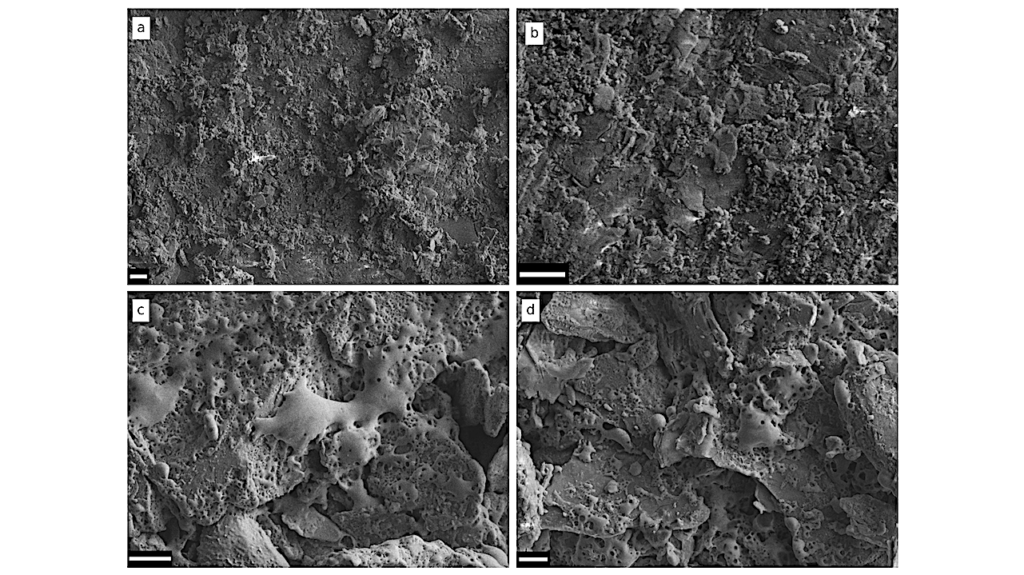Graphene Molecules Contributing to the Infrared Bands of Carbon Rich Planetary Nebulae

It is well known since 2010 that fullerene C60 is widespread through the interstellar space. Also, it is well known that graphene is a source material for synthesizing fullerene. Here, we simply assume the occurrence of graphene in space.
Infrared spectra of graphene molecules are calculated to compare both to astronomical observational spectra and to laboratory experimental one. Model molecules for DFT calculation are selected by one simple astronomical assumption, that is, single void creation on charge neutral graphene of C13, C24 and C54, resulting C12, C23 and C53. They have a carbon pentagon ring within a hexagon network. Different void positions should be classified as different species. In every species, single void has 3 radical carbons holding 6 spins.
These spins select stable state by recombination of carbon atoms to reduce molecular energy, and to give infrared spectrum due to molecular vibration. It was found that stable spin state was the triplet, not singlet. Most of species show prominent infrared spectral features closely resembling the astronomically observed infrared emission seen in the carbon rich planetary nebulae of Tc1 and Lin49. We could assign major bands at 18.9 micrometer, and sub-bands at 6.6, 7.0, 7.6, 8.1, 8.5, 9.0 and 17.4 micrometer. It is interesting that those graphene species were also assigned in the laboratory experiments on laser-induced carbon plasmas, which are analogies of carbon cluster creation in space. The conclusion is that graphene molecules could potentially contribute to the infrared emission bands of carbon-rich planetary nebulae.
Norio Ota, Aigen Li, Laszlo Nemes, Masaaki Otsuka
Comments: 21 pages, 8 figures, 1 table, 1 appendix
Subjects: Astrophysics of Galaxies (astro-ph.GA); Mesoscale and Nanoscale Physics (cond-mat.mes-hall); Atomic and Molecular Clusters (physics.atm-clus)
Cite as: arXiv:2007.03862 [astro-ph.GA] (or arXiv:2007.03862v1 [astro-ph.GA] for this version)
Submission history
From: Norio Ota
[v1] Wed, 8 Jul 2020 02:37:45 UTC (1,814 KB)
https://arxiv.org/abs/2007.03862
Astrobiology, Astrochemistry








